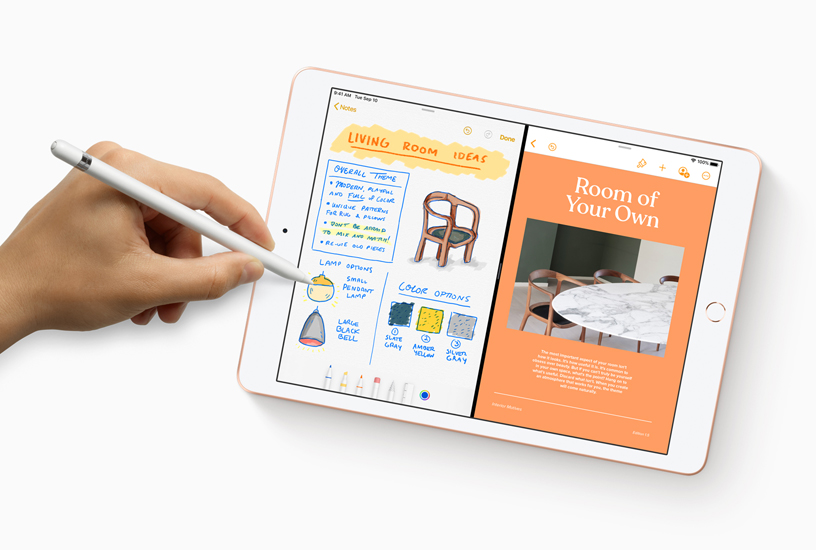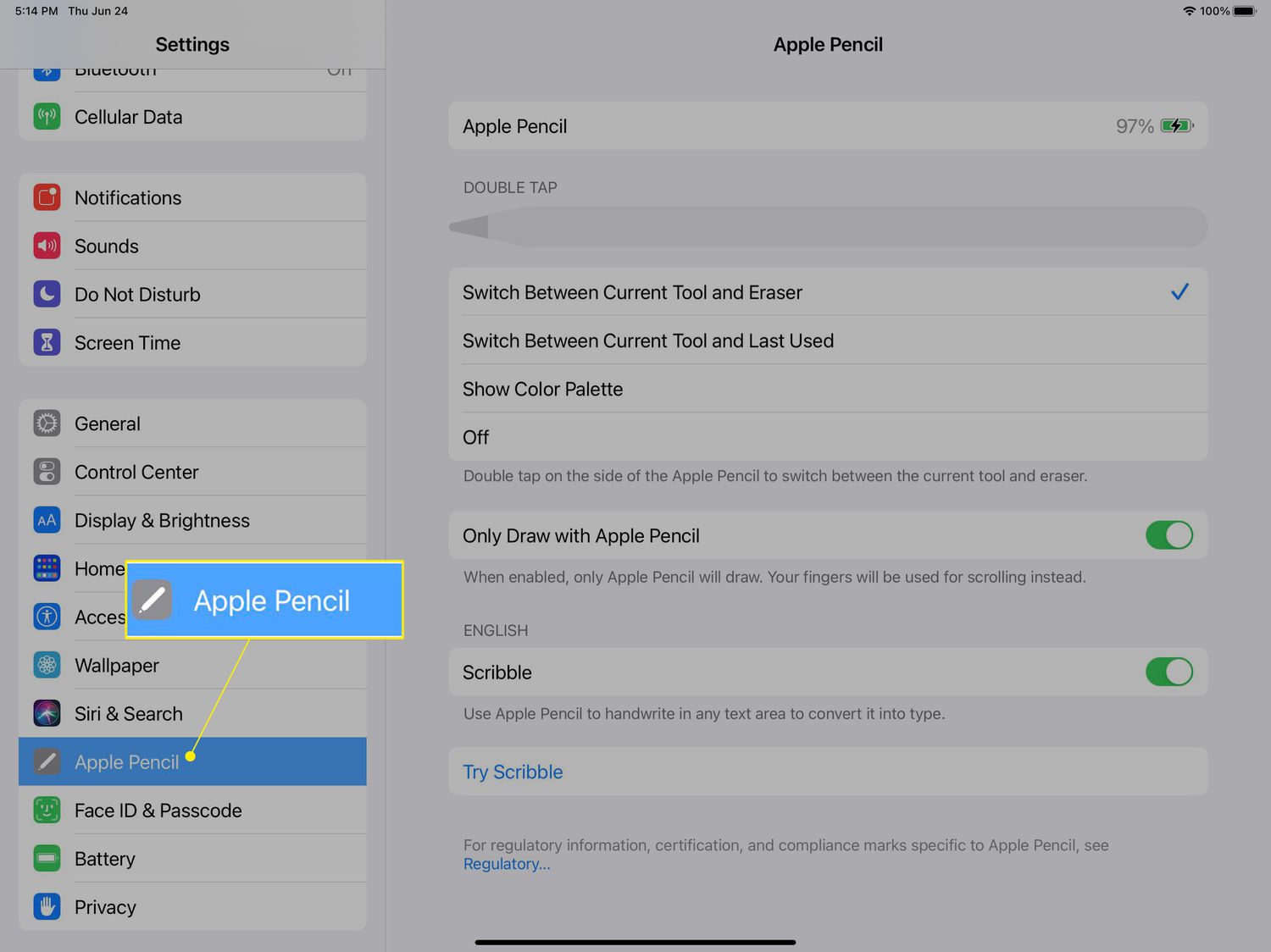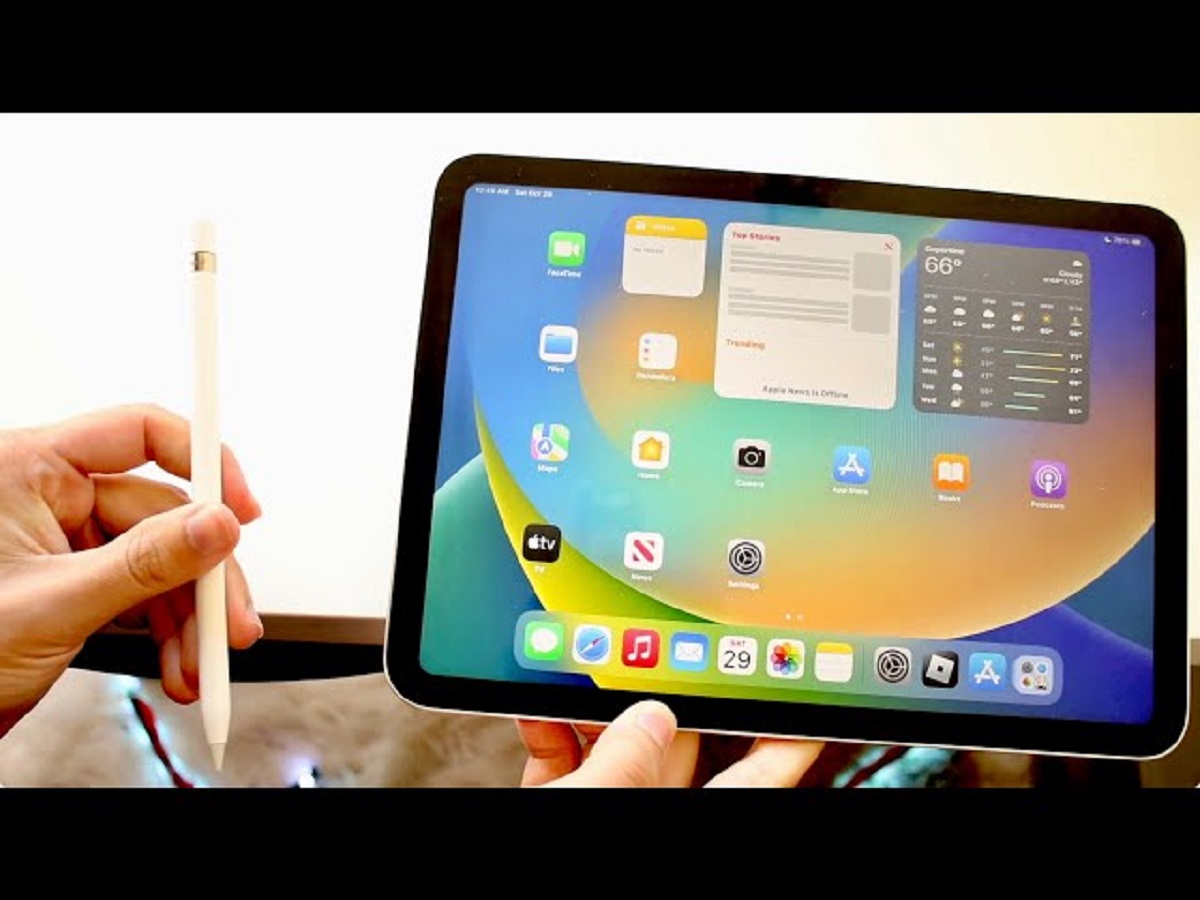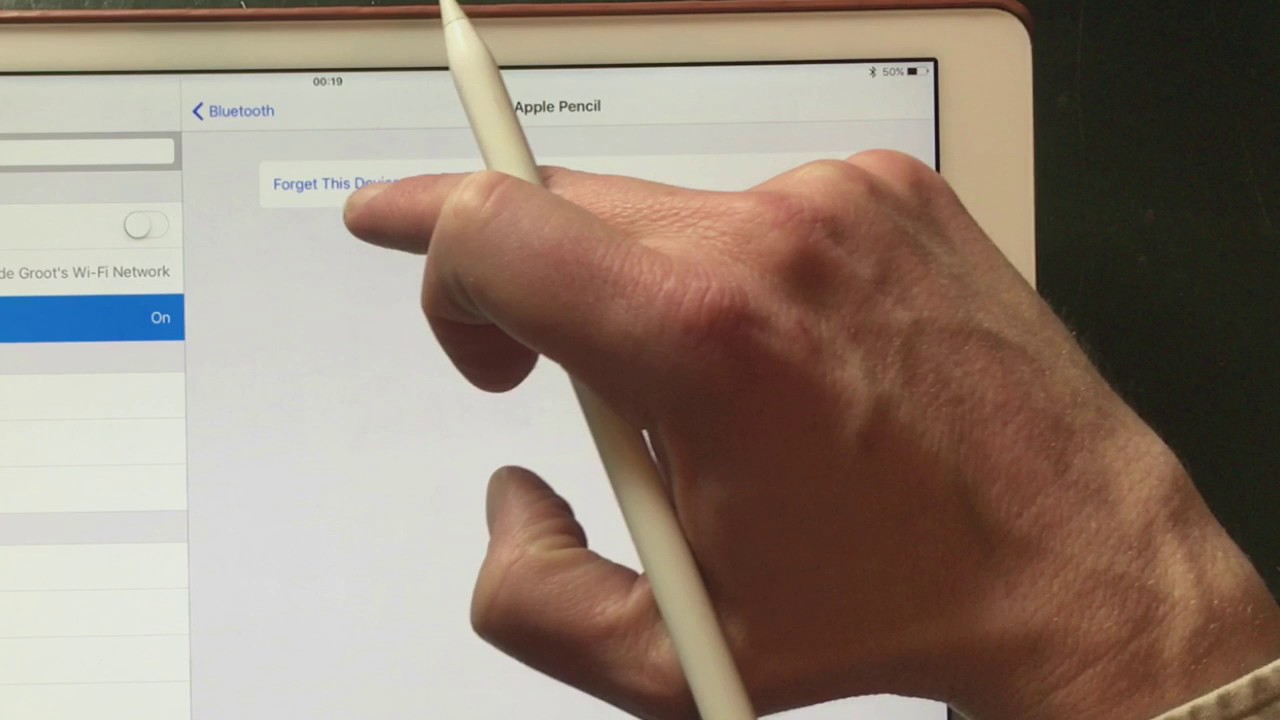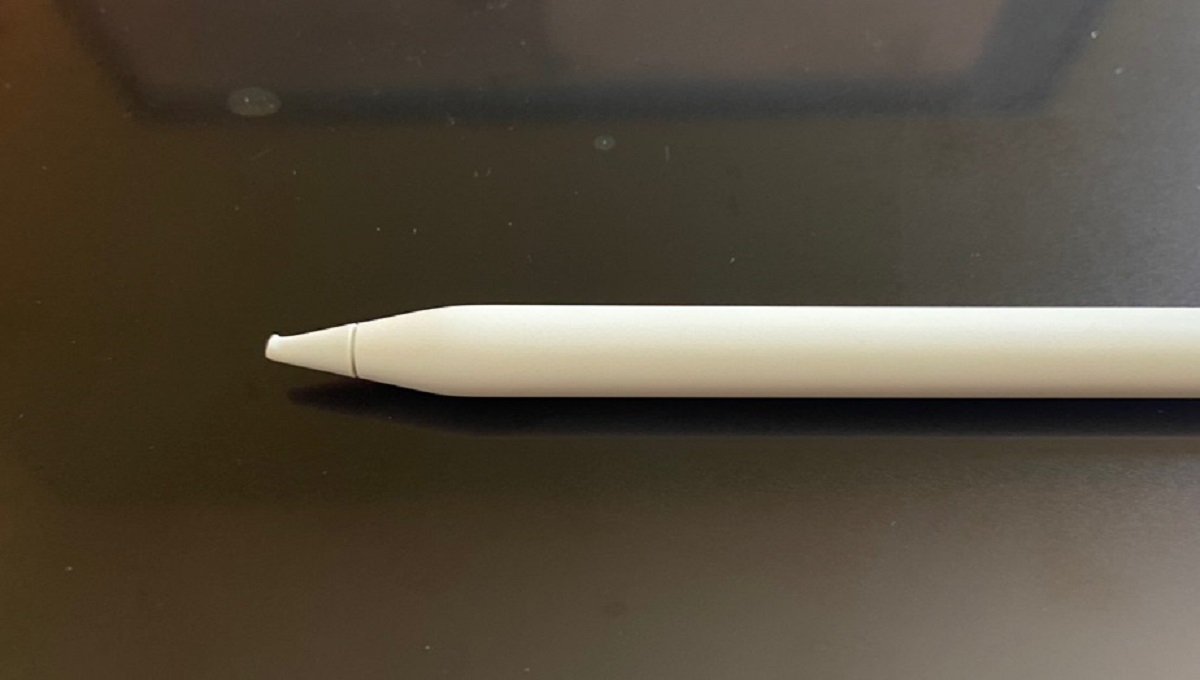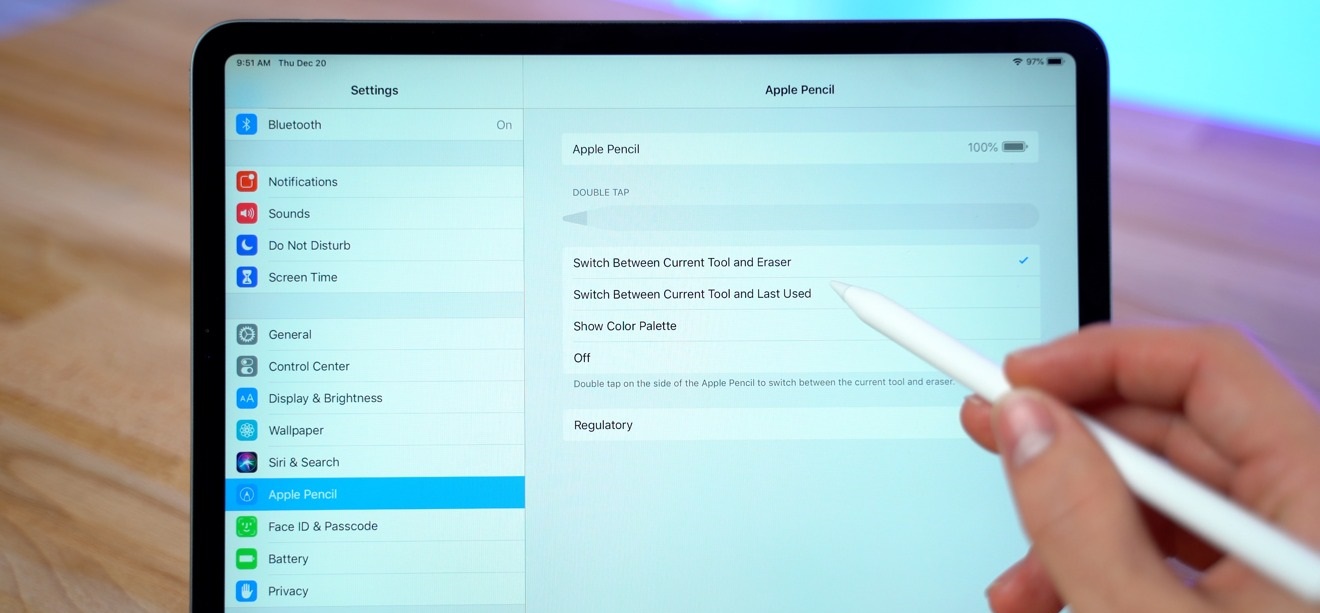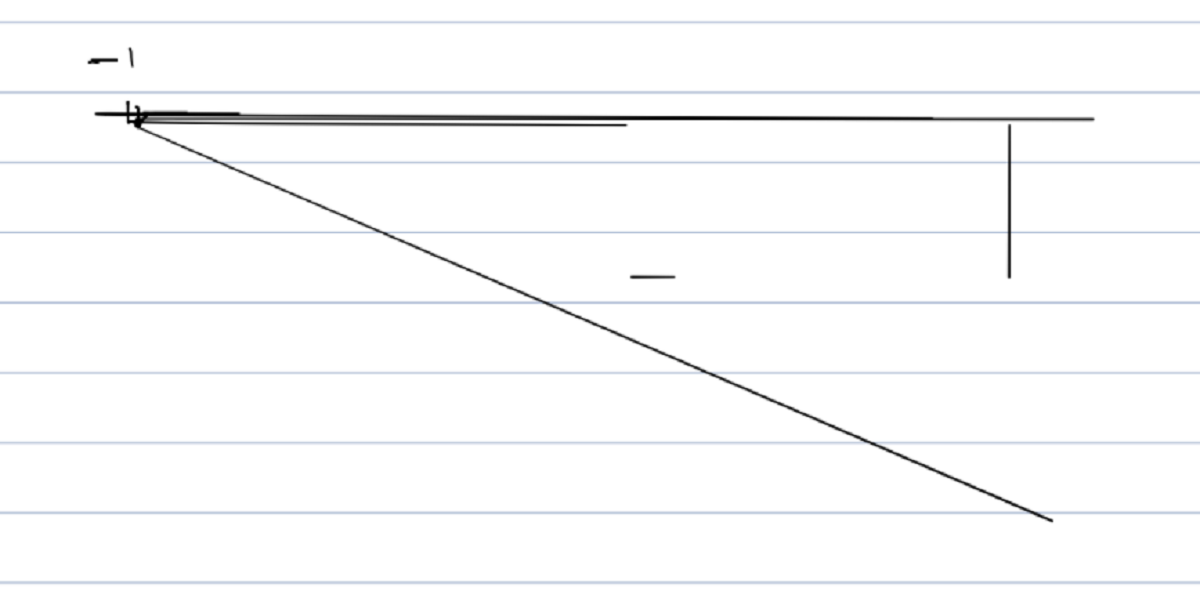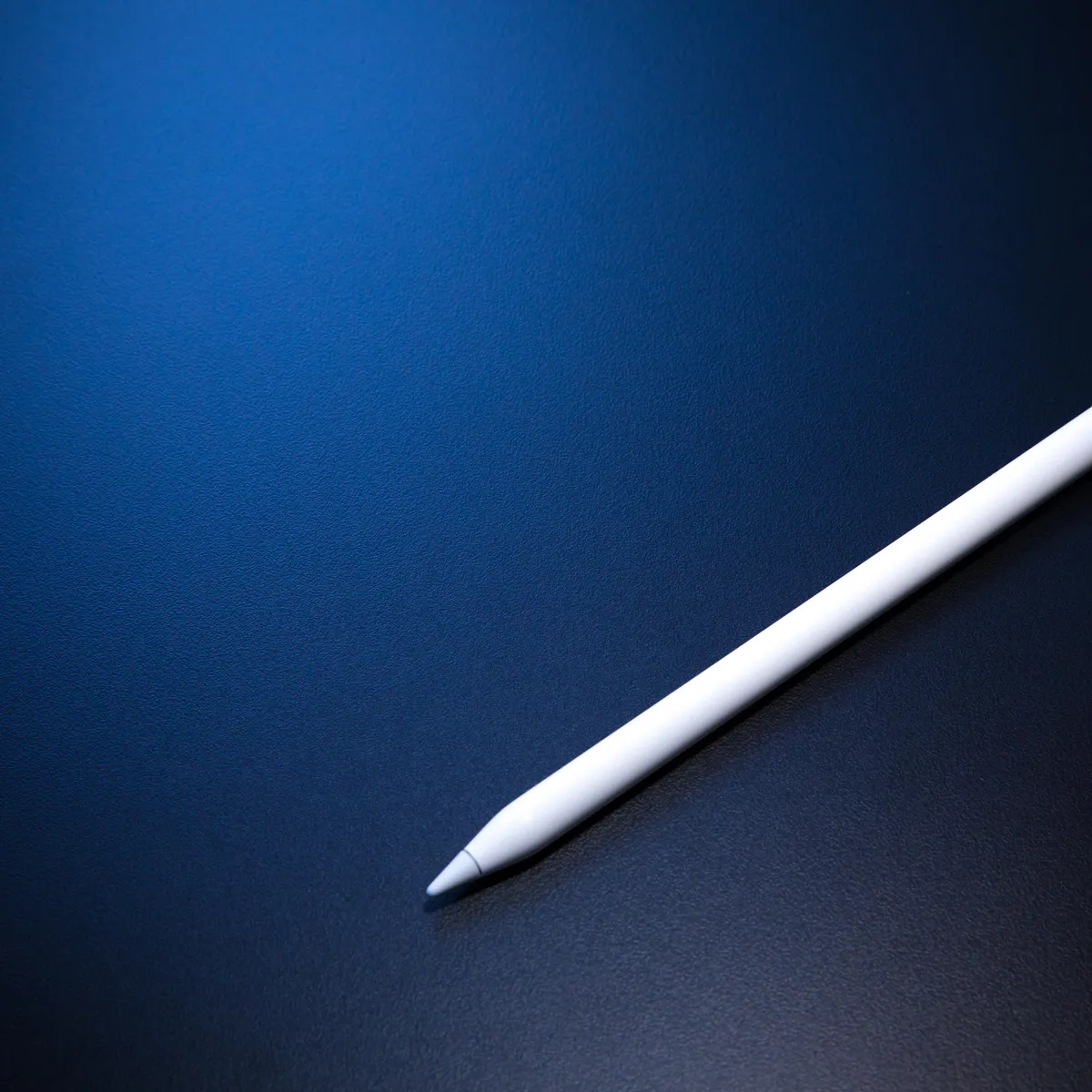The Apple Pencil is one of the most advanced digital stylus pens for drawing and annotation. This Apple accessory feels a lot like the standard pen or pencil that you normally use to draw and write, except that it’s specially designed for iPad devices. It boasts of an eye-catching, elegant yet minimalistic design that is characteristic of the Apple trademark.
And underneath the shiny exterior of the Apple Pencil lies a very practical device for writing and drawing tasks. In this article, we’ll conduct a review of the popular Pencil and help you determine if it’s worth getting for your iPad.
Inside This Article
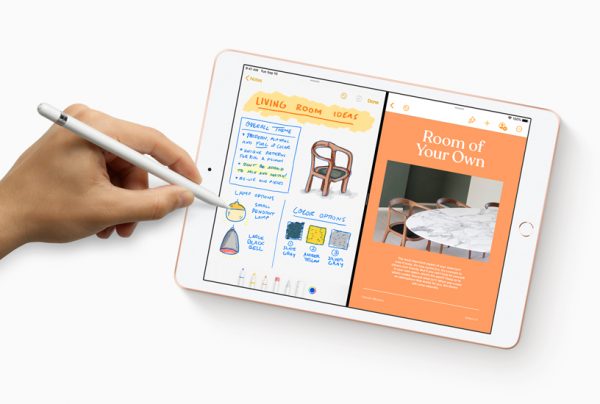

What Is the Apple Pencil?
The Apple Pencil is a line of stylus digital pencil accessories specifically designed to work with Apple iPad models. Apple created the device as a supplement to the keyboard-less iPad devices. Connected via Bluetooth, this device has a variety of notable features. This includes having full pressure sensitivity that adapts the thickness or thinness of the lines of text.
1st Generation
There are actually two generations or versions of the Pencil. The first-generation Apple Pencil was released back in 2015. Meanwhile, the second generation was released three years later. The first generation has a lighting connector concealed on the top of the pen. It functions both for pairing the device to the iPad and for charging it.
2nd Generation
Meanwhile, the second generation does away with the lighting port and instead includes a magnetic connector located on the side of the pen. This version also includes touch-sensitive areas that users can tap to perform certain tasks with certain apps.
Compatibility
Another key difference between the two generations has to do with compatibility with iPad devices. Each device is only compatible with a subset of the iPad models. Neither is universally compatible with all the iPads. If you want to check whether your iPad is compatible with which, check out this compatibility page from Apple.
How Does the Apple Pencil Work?
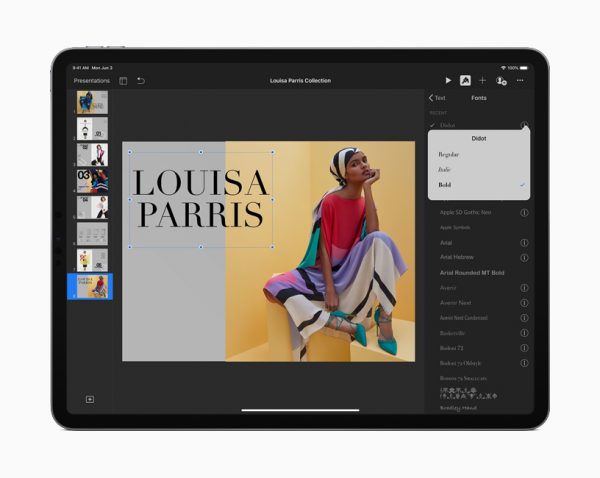

The Apple Pencil works a lot like your standard pencil when drawing or writing on the iPad. The Pencil works in conjunction with the iPad to reflect your drawings and writings onto the touchscreen. It provides the input data from your hand. Meanwhile, the iPad measures the pressure and orientation of data. These two combine data to produce the pen output on the iPad software.
The iPad can capture three different types of data. That includes pen tracking, pressure sensitivity, and orientation measurement or tilt sensitivity. The way pen tracking works is that the tablet scans for and records the Apple Pencil location about 240 times a second. The iPad is also sensitive to pressure changes with each stroke by the Pencil. You can also toggle the marking width depending on the pressure you apply on the stylus. The iPad and the Pencil also work together to reflect real-time input. It makes use of special sensors to measure tilt and pressure changes to reflect them accordingly onto the digital canvas.
The Apple Pencil-supported iPads make use of a special screen that detects two types of inputs. It can detect both your hand and the stylus itself. This dual-input touchscreen is absent on other Apple devices such as iPhones and Macs. This also explains why you cannot use the Apple Pencil on other Apple devices.
A Review of the Apple Pencil Features
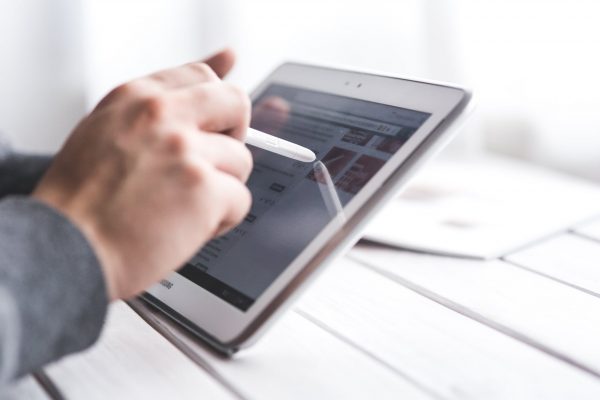

The Apple Pencil is the first stylus pen to be released by Apple. But it is not the first stylus pen available in the market. Stylus pens from Lynktec, Wacom, and Amazon have been in the market longer than the first-generation Apple Pencil. And all of these products were created with more or less the same purpose. That purpose is, of course, to assist users with navigating keyboard-less tablets.
Even then, there was always the expectation for the Apple Pencil to stand out from the crowd given the Apple brand’s stellar reputation. Whether the Apple Pencil is worthy of its namesake remains entirely debatable. But here are a few features to make the case:
Design


The Apple Pencil was designed with the standard appearance of a pencil, except without the eraser. Both versions come in a thin, rounded shape and a smooth, white plastic casing, and are heavier than a standard pencil. But their weight is just enough for them to glide across the iPad screen without straining your hand. Despite being round in shape, the devices don’t roll around as much as the standard pencil.
The two generations of Apple Pencil may look a lot alike, but they have key differences in terms of design. The first noticeable difference is that the first generation is a little taller and wider than the second generation. But the best way to tell them apart is that the first-generation Apple Pencil has a bright silver band near the top whereas the second generation does not. With the original version, you had to remove the cap and plug the device to the bottom of the iPad to pair and charge it. But Apple replaced the charging port with a magnetic metal panel located on the side of the device. This metal panel clasps onto the narrow panel on the right side of newer iPad models. And since we’re on the topic of excellent design, you may also be interested to learn about the features of the new Apple Glasses.
Performance
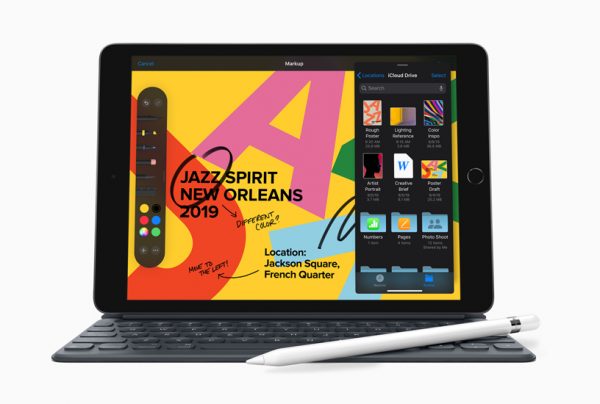

As a bona fide Apple accessory, the Apple Pencil offers amazing performance. You only need to plug the device port onto the iPad to pair it each time you’re going to use it. And it only takes a few seconds at most. The device also features amazingly convenient charging capabilities. The charging bit usually requires you to plug the device into the same port used for pairing (the bottom port for first gen and the right panel for second gen). It also has a quick charging speed, giving you 30-minute battery life in just 15 seconds.
Another amazing aspect about the Apple Pencil is its quick compatibility with Apple apps. Unlike with third-party stylus devices, you don’t have to configure apps or dig into settings menus to make it work.
The Apple Pencil offers a balanced grip and is very comfortable to hold in hand. It’s really just supposed to glide smoothly over your digital canvas. Although some users have noted a bit of drag while using the Pencil. But we reckon that all stylus pens in the market have a little bit of drag. And this one is negligible compared to the drag that you’ll probably experience with much cheaper stylus pens.
Besides these performance considerations, the Pencil also produces accurate and detailed results on the screen. It also adjusts to the changes in pressure and tilt. The objective was to mimic the real effect of a pen and paper interaction. And it certainly succeeds in making artwork and notes look handmade. If you’re interested in all things Apple, there are more reasons to be impressed with other innovative services including Apple Pay, Apple Music, and Apple Maps.
Use Cases


It’s clear from the outset that the main use case for the Apple Pencil is for artistic activities on the iPad. On that end, an increasing number of artists are turning to the Pencil and iPad combo to replace their standard brush kits. Artists often use the Pencil in conjunction with illustration and painting apps like ProCreate and Adobe Illustrator Draw. These apps allow users to create elaborate artworks entirely from scratch.
But the use cases for Apple Pencil extend to more than just professional artistry. Non-artists can also use the Pencil to create handwritten notes through apps that simulate paper, like the Apple native Notes app or the paper simulator app Flow. The Notes app actually has a handwriting recognition tool or OCR. This tool can scan your handwritten notes as you write them so that you can search for specific words or topics within your notes later on.
The Pencil is not only useful for drawing and writing tasks. It’s also an amazing tool for marking up your documents, especially those in PDF format. With this feature, you can highlight printed text within a document, add notes anywhere in the document, and sign off on the document with your native signature. You can also use the Apple Pencil to take a quick screenshot of your iPad. After you’ve taken the screenshot, you can quickly mark it with shapes or notes or anything else without having to open the Photos app.
Another lesser-known use case for the Apple Pencil is for editing audio and video. Most of the time, editing would require some type of nitpicking through large chunks of recorded audio and video. The Apple Pencil can prove useful for these phases of editing. But of course, it’s entirely optional.
Final Thoughts on Apple Pencil: An Elegant Stylus for iPads
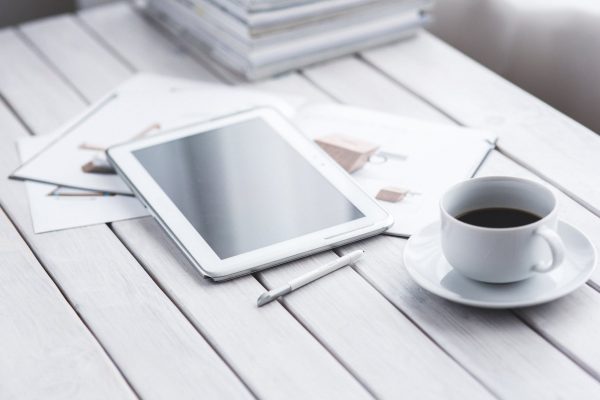

The Apple Pencil remains as a separate and optional accessory to the iPad. However, it’s still a very practical tool to have for everyday tasks. If you own an iPad model released past 2015, then the first and second-generation Apple Pencils are perhaps the best styli that money can buy. Both models offer the same key features that mimic the behavior of an actual pen or brush pen for drawing and writing. In addition to that, both devices pair and charge quickly and seamlessly with your iPad.
Overall, we can say that the Apple Pencil has been successful in recreating the pen and paper experience onto the digital board. And as far as we can tell, it’s a worthy inclusion to the Apple brand by virtue of physical design and performance. If you enjoy reading about Apple products, you may be delighted to learn about the upcoming Apple One service







